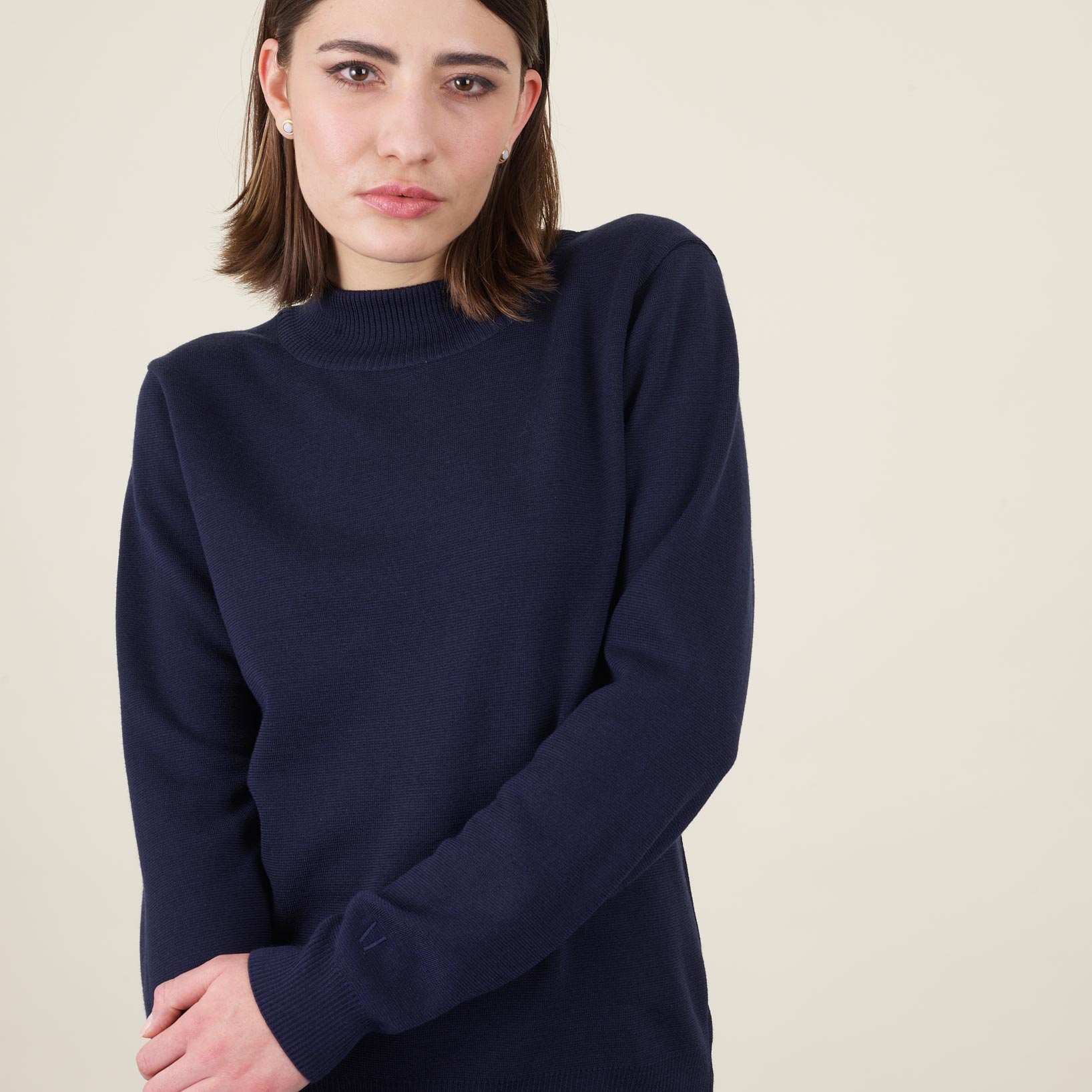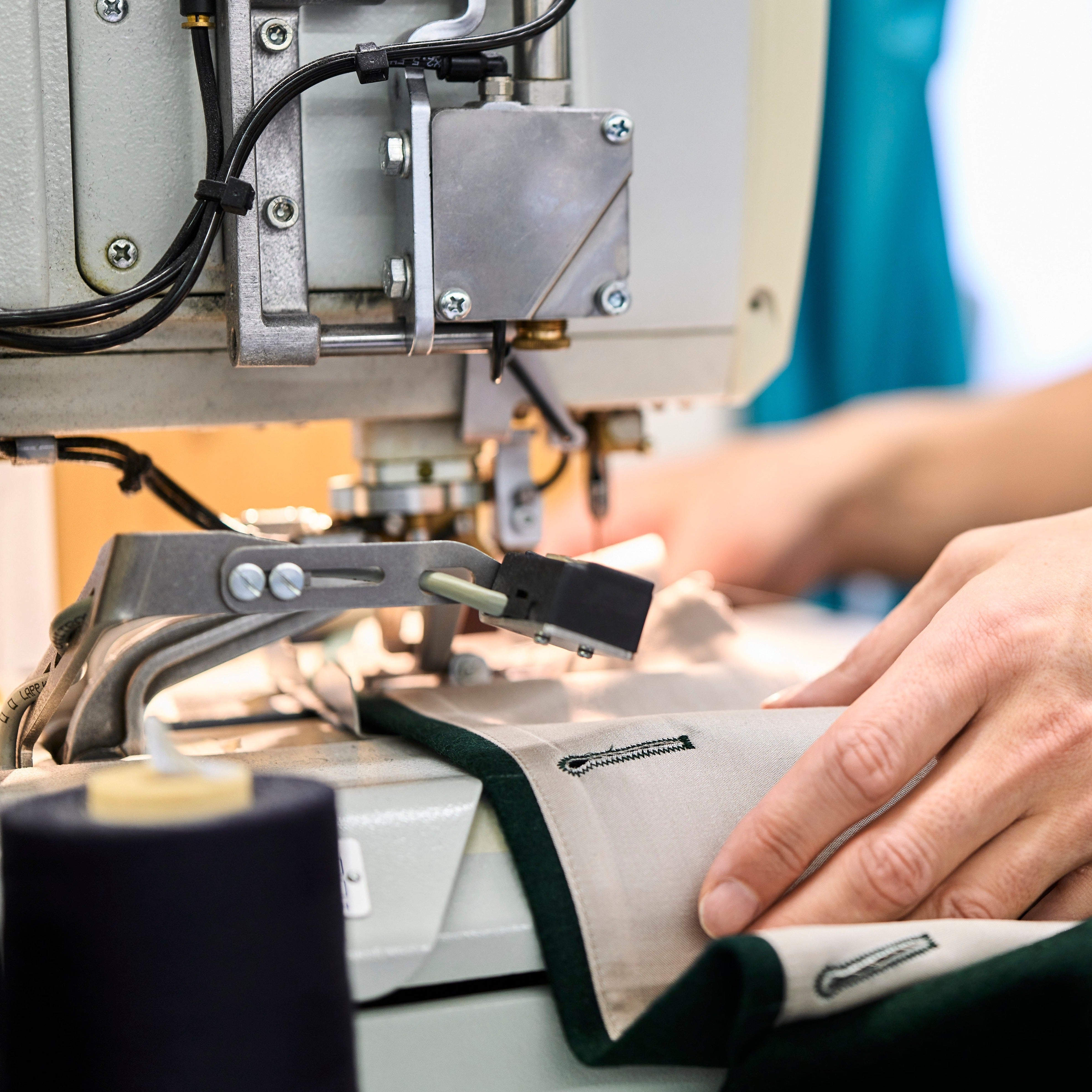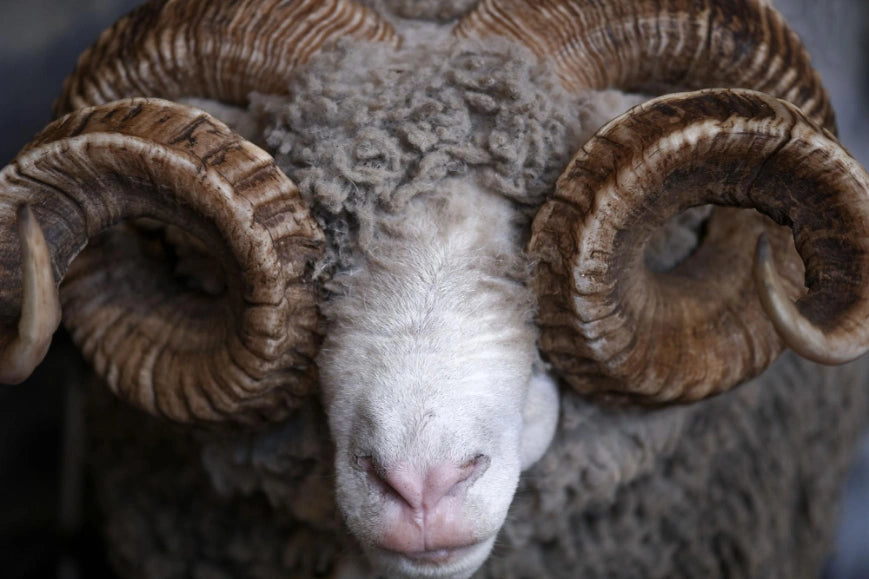
How sustainable is wool, actually?
Sheep that graze on a juicy meadow provide the sustainable raw material for natural, ecological clothing. This image is to be taught to present clothing made of wool as a sustainable solution for the environmental problems in the textile industry. But this romantic picture actually corresponds to the truth, or does it also want its dark sides?
In this blog post we go into more detail about the challenges of wool and show future -oriented and pioneering solutions to tackle these problems.
Wool has been used for textile production for centuries and has always enjoyed a great reputation. Since the occurrence of the sustainability issue in the textile industry, this call has even been strengthened, because the natural product wanted to be more sustainable than alternative textile fibers, e.g. from synthetics.
In science, however, the environmental impact per kilogram of wool is increasingly pointed out. Wool should be more environmentally harmful than most other fibers.
Up to 5x higher CO2 emissions than cotton
If you take a closer look at the environmental pact of wool, the devastating effects of sheep farming quickly become apparent. As with other forms of animal husbandry, sheep farming also consumes valuable resources to extract wool. In order to create space for pasture areas, land is cleared, which leads to an increased sealing and erosion of the soil and a decline in biodiversity.
Like cows, sheep are also ruminants (i.e. they have several stomach chambers), and when digestion of their food, they form in their intestine gases that need to be expelled. As a result, enormous amounts of methangas are released into the atmosphere. Methane is considered one of the most effective climate gas and, for example, has a 25x greater greenhouse gas effect compared to CO2. The manure generated by farm animals - especially in countries such as Australia and New Zealand, where huge herds of sheep were built up to cover the global demand for wool - also contributed significantly to the increase in greenhouse gases in the atmosphere. Depending on the perspective and source, sheep's wool per kilogram of fibers can have a CO2 emissions up to 5 times higher than conventional cotton.

Animal -friendly attitude?
Apart from the devastating environmental impacts from wool production, the sheep in the wool industry often suffer from horrific agony. Peta Has published videos and pictures that have been recorded in numerous companies around the world and show that sheep is mutilated, abused and sometimes skinned with lively body - even for wool from "responsible" and "sustainable" sources (more of this here). Wolling for textile production is therefore extremely delicate and discussed from an ethical point of view.
Why we still put on wool
Wool, a circulatory fiber by nature, is a great raw material in many ways. In the material circularity indicator of Ellen Macarthur Foundation Receives wool top marks. Wool and wool products are renewable, recyclable and have a long period of use that has a positive effect throughout their entire life cycle.
Despite the actually massive environmental impact in the production of wool, we are concerned that we do not avoid the problem by completely avoiding it, but creating future -proof solutions and making it socially acceptable. We are still enormously reserved in the use of sheep's wool, but we would like to prove that a responsible handling of this great raw material can also be sustainable.

Wool as a waste material? Not with us
Sheep wool used to be very important in Switzerland. In the past few decades, however, the woolendom has come: synthetic fibers, cotton and merino wool from abroad established themselves in the textile sector. All materials that are much cheaper and are more suitable for quick mass production. Even the scissors of the sheep no longer paid off for Swiss farmers. So wool became a waste product of sheep farming, which was simply thrown away or burned to the majority. Today, however, more and more companies are starting Swiss wool again, even if it never receives the appreciation of the past. We wanted to set an additional sign and campaign for the use of an otherwise often unused raw material. So we decided to buy this "residual wool" and process them with our partners in northern Italy into high -quality fabrics. As a result, our acquaintances were created Lana jackets From exclusively Swiss wool. You can also find out more about this topic here.

Clothing made of recycled wool
From the beginning we did not want to obtain a merino wool from questionable sources, even if the raw material offers great properties for textile processing. But when we learned that wool can be recycled and recycled very well, this triggered the developer spirit. Can we make a 100% recycled wool jacket? The short answer: yes, absolutely. Together with our Italian fabric producers, we started looking for recycled fibers and started making woven fabrics and jackets from recycling wool. The first products from this development are the jackets of our Rewollution linethat we now want to expand gradually.
Transparency along the supply chain is essential for us when we talk about sustainability in the textile industry. Certificates and labels make sense, but only when we can trace a raw material up to the origin, we achieve the understanding of the challenges and opportunities to improve. And only then can we optimize the supply chain and the products in terms of sustainability.
Transparency as a central foundation
As mentioned, we wanted to completely turn our back on the ordinary, new wool. So we would have been significantly less attackable with regard to the ecological impact and animal welfare. However, we would have completely avoided a fundamental problem in the textile industry instead of developing solutions for it. In this case, we have decided to tackle the prevailing lack of transparency in the market and to create complete transparency along our value chain (see here). The result is our Legna-Merino Collection.

Now that we understand our value chain and know the actors and processes, we can start optimizing in the next phase. From more efficient and environmentally friendly processes in wool processing to the reuse of decommissioned clothing. We will always search for solutions and develop until we hopefully create a completely circular value chain at some point, where animal welfare and environmental protection are of course still in the top priority. In addition, we are always striving for vegan solutions and alternatives, because animal welfare is highest when we completely do without your raw material and its products. Our sweaters with wool jackets made of wool sweater with wool jackets made of wool United nations for Europe has a 28- to 34 times more effect than carbon dioxide over a period of 100 years, and in the first 20 years after it has reached the atmosphere, it is 84 to 86 times stronger. Nevertheless, there is no standard approach for monitoring, recording or reporting methane emissions.











